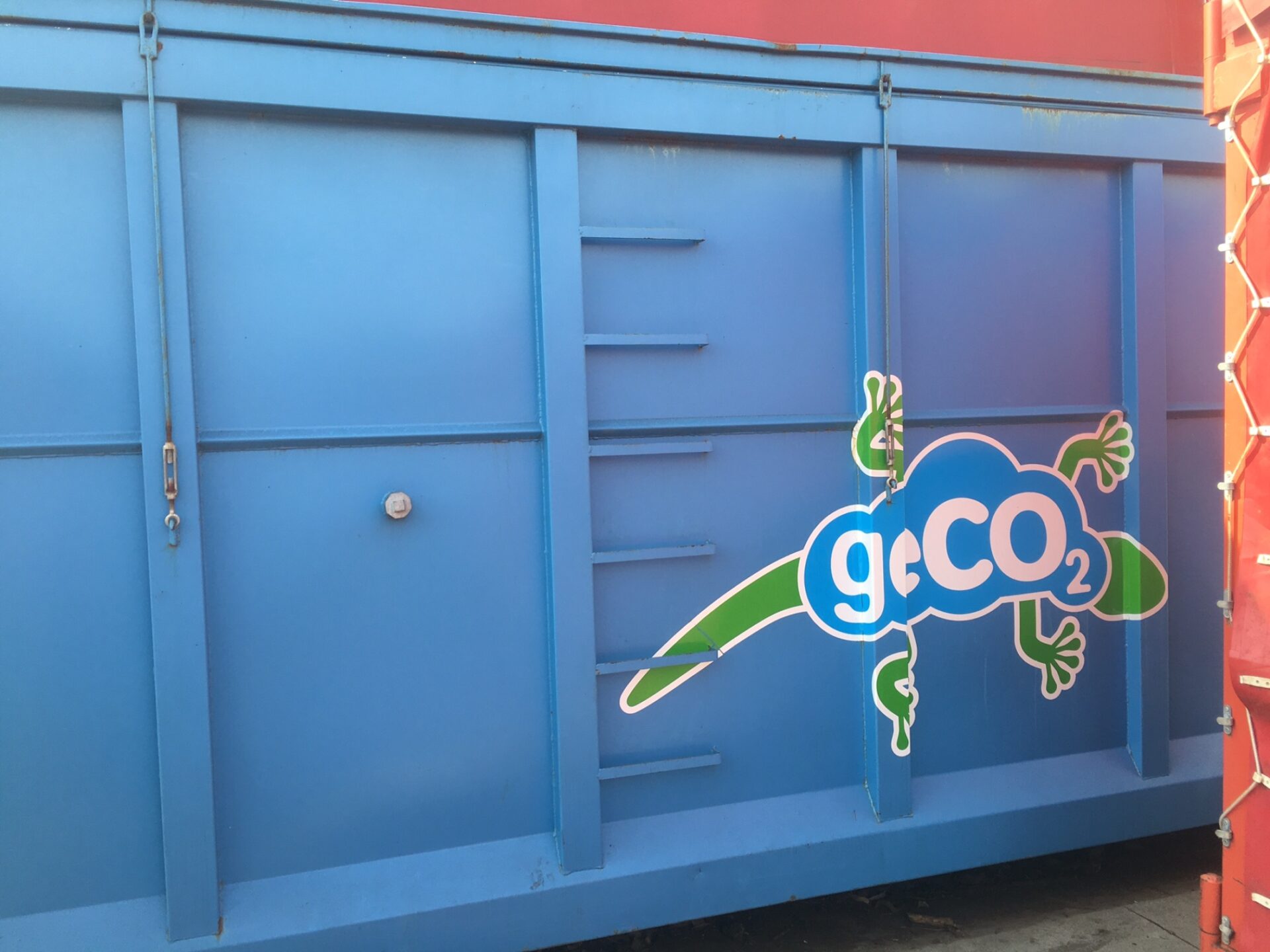The quality of the carbon credits produced by geCO2®, our “methane-eating” technology designed to reduce the environmental impact of landfills, has been reconfirmed.
Recently, we received documentation from RINA Services S.p.A., which, on our behalf, has recognized geCO2® as an “innovative solution” capable of generating VER (Verified Emission Reduction) carbon credits suitable for sale on the market, in accordance with ISO 14064-2:2018, ISO 14064-3, ISO 14065, and ISO 17029 standards. The recognized innovation of the system stems from its ability to naturally treat the residual biogas released by waste in landfills, capturing the methane that cannot be used to produce electricity or be flared, thereby preventing its dispersion into the environment.
An increasingly competitive technology
The newly validated geCO2® project aims to further expand this technology in the market. Entsorga plans to market the carbon credits produced by geCO2® and invest the generated profits into personnel and R&D to continuously improve the system and enhance its rigor. For instance, one of the upcoming innovations will be a method for remotely monitoring individual geCO2® units, allowing direct access to the installed systems and precise control over the actual amount of methane sequestered. This is a fundamental guarantee to ensure the transparency and integrity of the credit production process, scientifically demonstrating that the emission reductions are real, quantified, and measured.
How our “methane-eating” machine works
The process involves two phases: first, methane is captured and bio-filtered through the action of microorganisms and bacteria. Then, an additional filtration occurs using a special semi-permeable membrane that further reduces odors and methane, releasing the treated air, now converted into CO2. This simple and effective process not only minimizes the dispersion of biogas into the atmosphere, reducing CO2eq emissions, but also mitigates the risk of explosion associated with the accumulation of residual biogas in the environment.
Based on the provided evidence, the geCO2® project is able to sequester tons of CO2eq in a concrete and measurable way, and thus reduce GHG emissions by generating carbon credits that are certified according to international standards, freely purchasable, and once traded, are then cancelled on a public registry.
This system for the creation of VER Credits has also undergone a feasibility study comparing it with the cost/revenues of a forestry operation, proving to be at equal investment more effective in CO2eq sequestration.
The carbon credit market
The carbon credit market was established in 2005, the year the Kyoto Protocol was approved. This international treaty was created to reduce the pollutant gases responsible for global warming. The financial system allows companies and other entities wishing to offset emissions that cannot be further reduced by their containment strategies to purchase carbon credits from projects with a positive impact. This mechanism generates incentives that reward these projects, promoting the spread of virtuous initiatives for environmental and climate protection.

